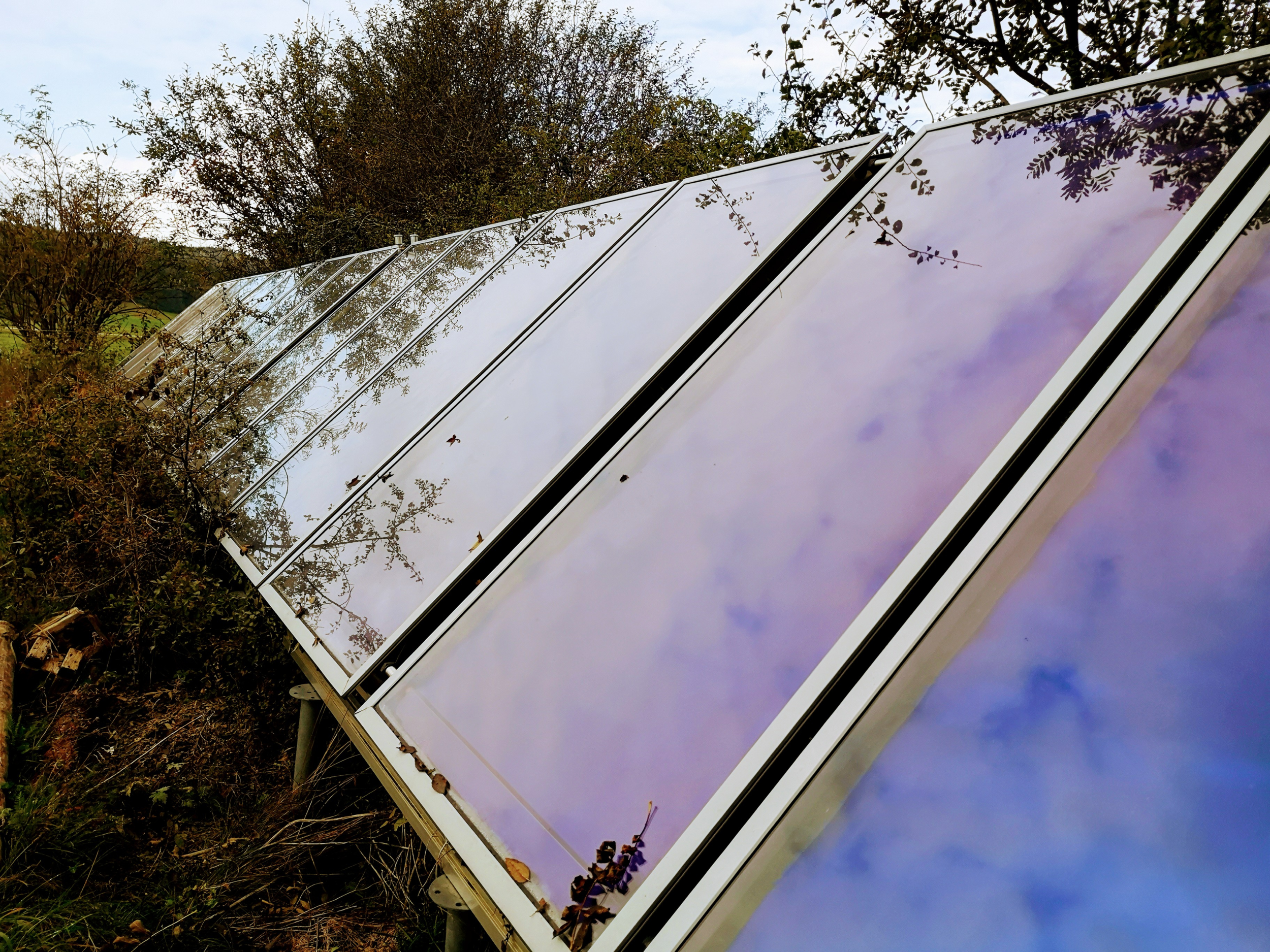Trees versus Solar Panels: Getting the Best of Both Worlds
The trees in our neighbourhoods are a source of beauty, shade and habitat for our local birds and wildlife. We know that trees have many benefits, from cooling down our streets to keeping our kids occupied. But the shade from trees can be a real problem when it comes to installing solar. Solar panels typically work best when they are unobstructed during the daylight hours, ensuring you maximise how much sun is soaked up. So, what do you do when a tree is in the way?
The Right to Solar Access in Queensland
In Australia the right to solar access is not well protected or regulated by law. If you already have solar panels, you may be afforded some protection in court. For example, a new development that overshadows existing solar panels may be required to adjust its design to ensure solar access is retained; or height restrictions may be imposed on growing trees to ensure existing panels remain viable. However, these developments do not address the issue of installing panels on an already shady roof.
The first option you might explore is to simply cut down or trim the offending tree. But that can be a drawn-out process and will likely require approval from Noosa Shire Council. You can request for tree pruning or removals, but Council policy indicates that “trees will only be removed or pruned after consideration of potential risks and benefits,” notably whether the tree is an unacceptable hazard. Additionally, cutting down the trees around your house will make it hotter during the Summer, impact the scenery and may result in a number of other issues like increased soil erosion.
“But there is a way to keep your trees and reap the benefits of solar panels, through technological advancements in the solar energy space.”
Assessing Your Situation
The first step is to assess exactly how shaded your roof is. Sunny Shire has a case study outlining how one community member measured the shadiness of their roof with a Sun Surveyor app. You can also talk to a solar installer to get an assessment. Ultimately, you want to determine:
Where the shade falls during each stage of the day,
How shade falls during each season of the year, and
To assess if there are any trees that may become an issue (as they grow).
Solar Options to Overcome Shade
Depending on the level of shade you can look at deploying several strategies. The easiest option is to configure your solar panels in a way that avoids regular shading. But if shading is unavoidable you can consider using a string inverter that has MPP tracking capability. This allows the maximum amount of energy to be wringed out of the panels even when shaded. The tracker minimises energy losses that come from shading. Alternatively, you could install microinverters or power optimisers. These devices allow each solar panel to work independently, so that overall system energy is not overly affected by some of the panels being shaded.
With technological advancements there are many options to overcome roof shading, without losing the tree! And it is worth it, the case study from Sunny Shire is a great example of how shaded solar panels can still reduce energy bills and emissions for residential homes. In one year, without using technological advancements to maximise output, the resident’s solar panels produced 80% of the output, above their estimations and putting them on track to recoup the cost of the panels in less than 3 years; now that’s getting the best of both worlds.


